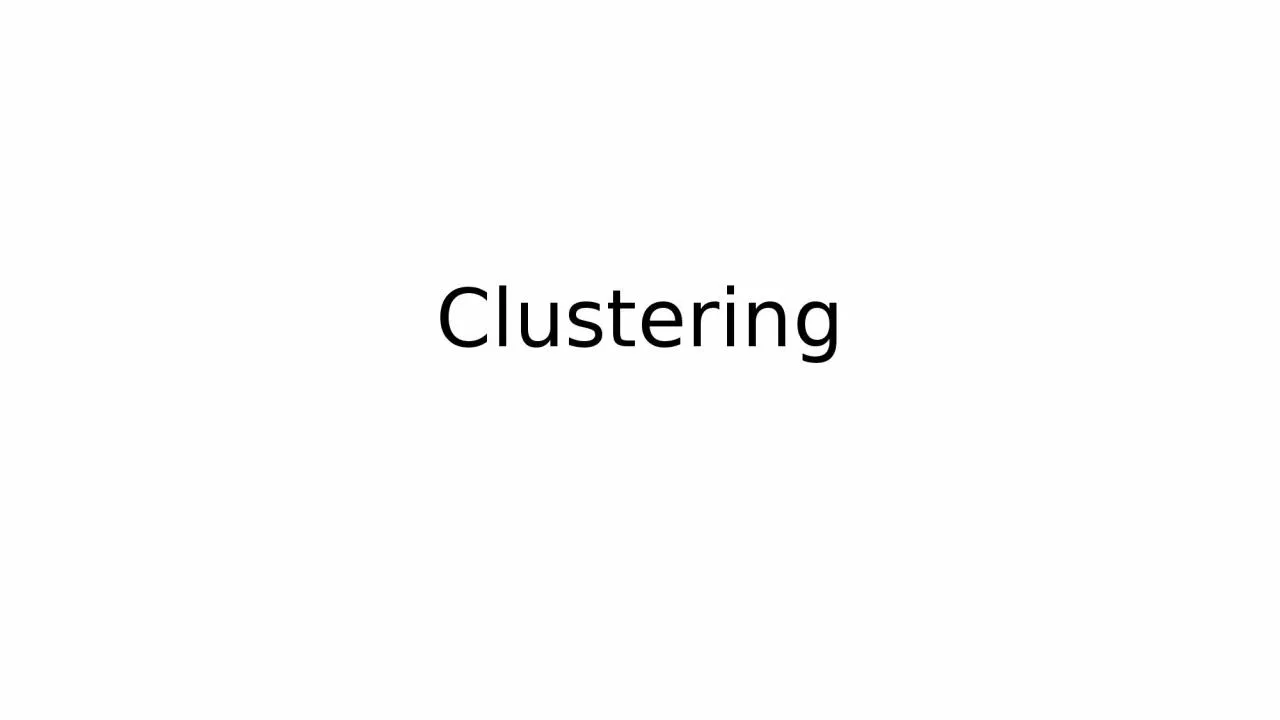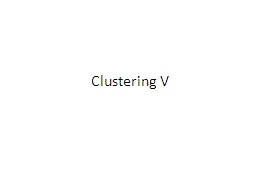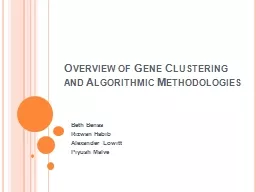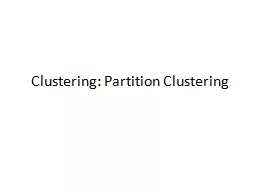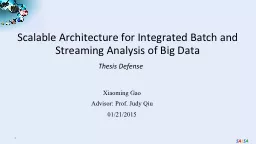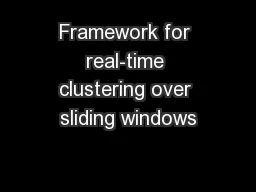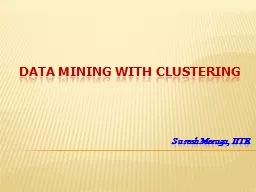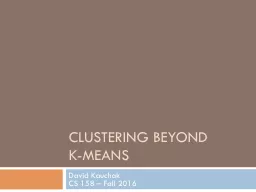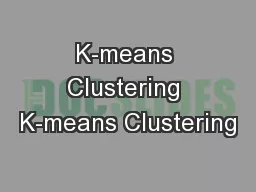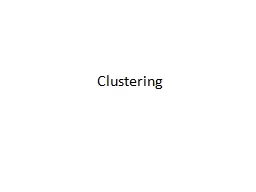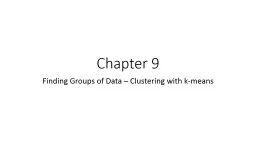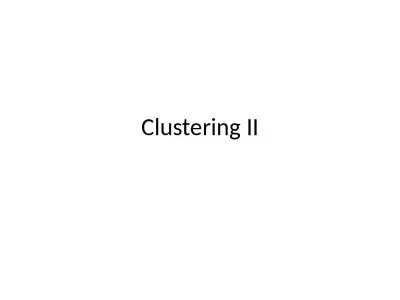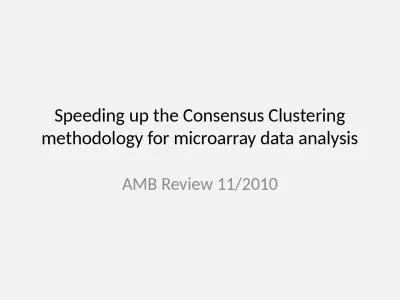PPT-Clustering Question: what if we don’t have (or don’t know) labels for data
Author : evelyn | Published Date : 2024-02-02
Function approximation does not work Fx xgty x feature vector y label but we dont know y yet Patterns may still exist depending on the relationship between records
Presentation Embed Code
Download Presentation
Download Presentation The PPT/PDF document "Clustering Question: what if we don’t ..." is the property of its rightful owner. Permission is granted to download and print the materials on this website for personal, non-commercial use only, and to display it on your personal computer provided you do not modify the materials and that you retain all copyright notices contained in the materials. By downloading content from our website, you accept the terms of this agreement.
Clustering Question: what if we don’t have (or don’t know) labels for data: Transcript
Download Rules Of Document
"Clustering Question: what if we don’t have (or don’t know) labels for data"The content belongs to its owner. You may download and print it for personal use, without modification, and keep all copyright notices. By downloading, you agree to these terms.
Related Documents

